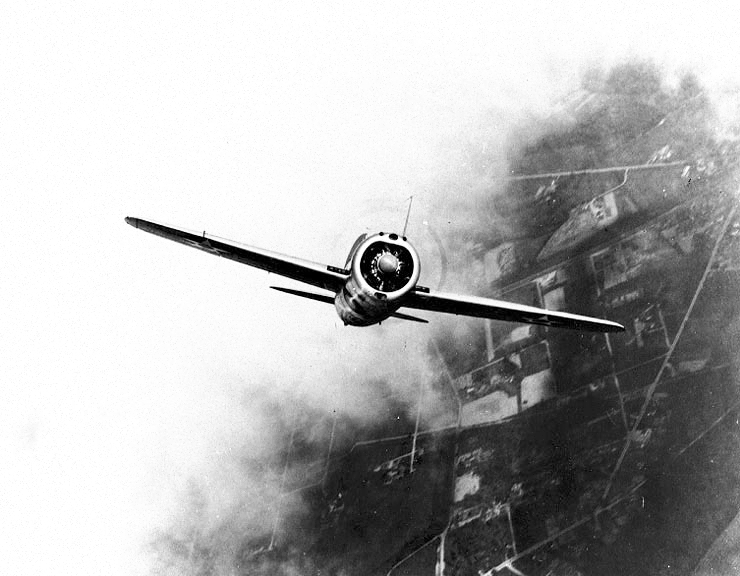The Shark was replaced in frontline service by the Swordfish prior to Sept 1939.Great Lakes TG2 124 mph top speed 56 mph landing speed, 656sq.ft area and 4155 pounds of payload. 200 gallons of fuel. Cruising speed 96 mph. The TG-2 was a slightly improved T4M from Martin that dated to 1928, but more powerful 620HP Wright Cyclone in place of the P&W Hornet. These stayed in service til 1938
Fairey Swordfish 138 mph top speed, 104mph cruising speed, 46mph landing speed 607sq.ft and 4000 pound payload 201 gallon tank, optional 82 gallon tank in observers place
Blackburn Shark MkII 152 mph top speed, 62 mph landing speed, 489sq.ft area and 4011 pounds of payload, 171 gallon tank. optional 150 gallon tank. Cruising speed 118 mph
Devastator had a 206mph top speed, 128mph cruising speed, 63 mph landing speed, 422sq.ft area and 4594 pounds of payload, 207 gallon tank.
Swordfish was able to stay in service, from Allied air supremacy.
TBD performance was far less than it's claimed stats as evidenced by pilot statements up to Midway. In any event it and the TG2 were not stressed for divebombing and the TG2 had fixed wings. Again, these aircraft were not operable from RN carriers.

